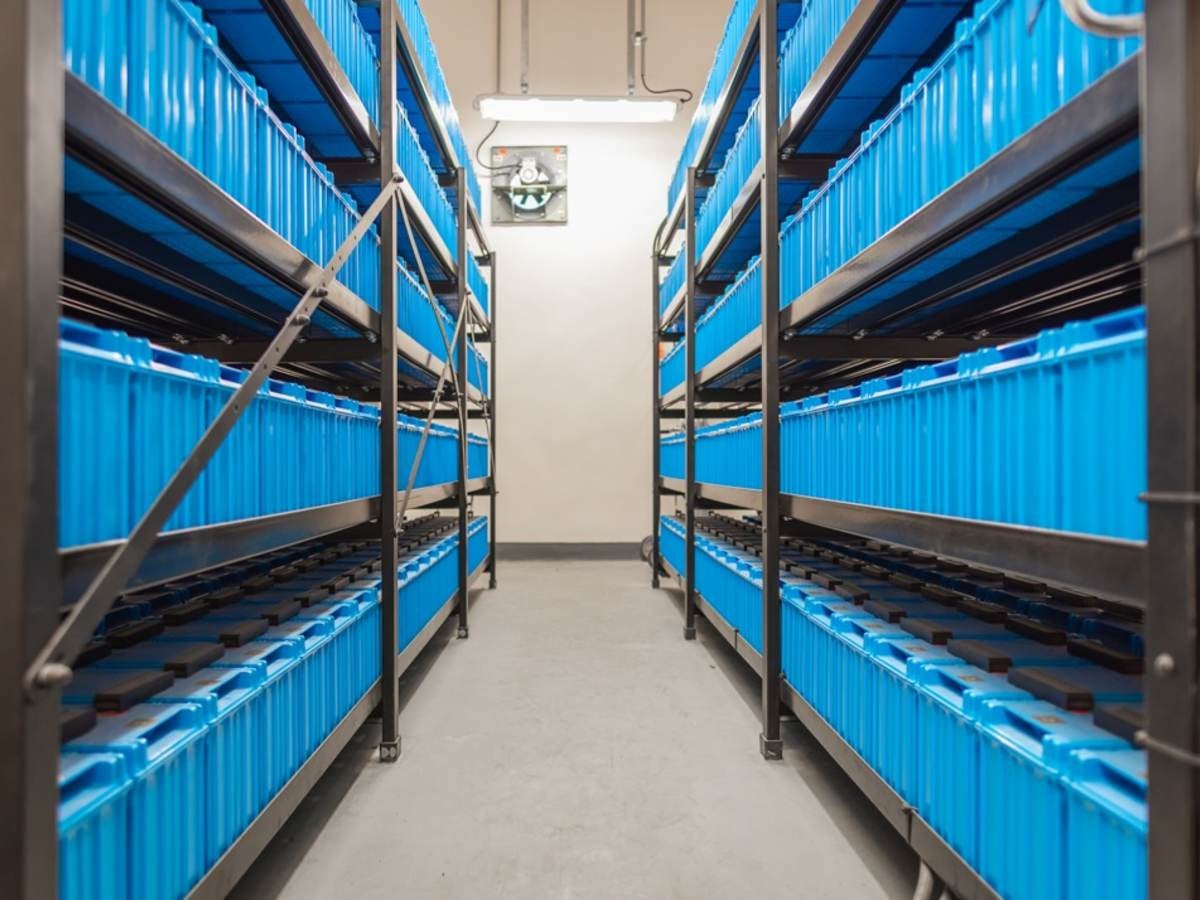Designer101
Senior Member
- Location
- California
- Occupation
- Solar and ESS Designer
AHJ is not convinced that ESS system marked for use in residential dwelling units are exempt from R327.3 ( CALIRORNIA RESIDENTIAL CODE 2019)
the requirement is 3ft between the energy storage units.
We asked for an exception but he said that basically the fire code (CFC1206.11.2.1) trumps the California Residential Code (CRC327.3.1) so they are unable to accept our exception request.
He said if we wanted to do this, we have to Prove a smaller separation is sufficient through UL9540A.
Are Tesla Powerwall UL9540A certified.
I cannot find them online,
if you guys deal with similar issue with AHJ how did you deal it??
the requirement is 3ft between the energy storage units.
We asked for an exception but he said that basically the fire code (CFC1206.11.2.1) trumps the California Residential Code (CRC327.3.1) so they are unable to accept our exception request.
He said if we wanted to do this, we have to Prove a smaller separation is sufficient through UL9540A.
Are Tesla Powerwall UL9540A certified.
I cannot find them online,
if you guys deal with similar issue with AHJ how did you deal it??



